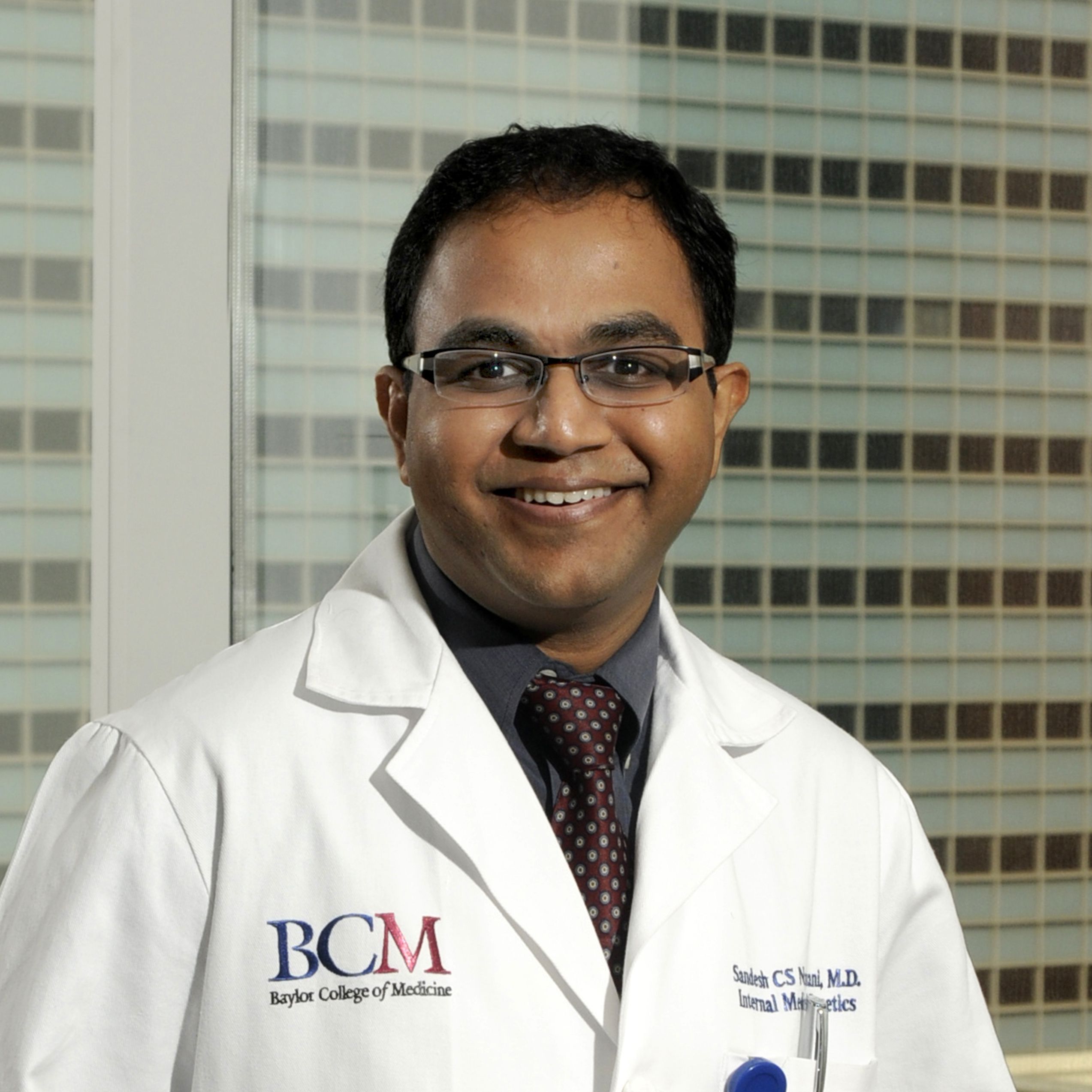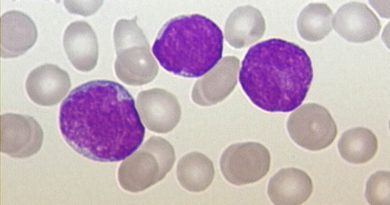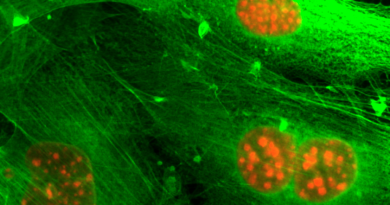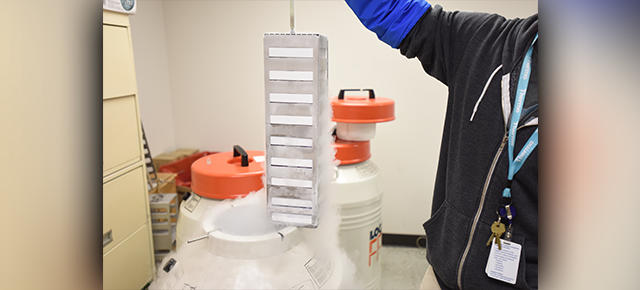C-section delivery does not decrease at-birth fracture rates in infants with rare bone disease
By Glenna Vickers
Babies born with a rare bone disorder known as osteogenesis imperfecta do not have fewer bone fractures at birth when delivered surgically (a Cesarean delivery), said a consortium of researchers led by Baylor College of Medicine.
The new research, published in the journal Genetics in Medicine, is the first study to come from the Brittle Bone Disorders Consortium, a new National Institutes of Health collaborative clinical research network focused on brittle bone disorders such as osteogenesis imperfecta.
Connective tissue disorders
Osteogenesis imperfecta is a connective tissue disorder that affects approximately 1 in 15,000 people. The major clinical feature of the disorder is increased fragility of bone, which leads to recurrent fractures and bone deformities. In the severe forms of the disorder, fractures occur in utero. With increased availability of prenatal ultrasound examination and genetic testing, many are diagnosed before birth.

“There was this notion that under controlled delivery circumstances such as a cesarean section, there would be less risk of fracture to the newborn during delivery,” said Dr. Sandesh Nagamani, director of the Clinic for Metabolic and Genetic Disorders of Bone and the last author on the report. However, the premise had never been studied systematically.
Six centers
The team had access to data collected uniformly by the six clinical centers in North America as a part of the OI Linked Clinical Research Centers led by Dr. V. Reid Sutton, professor of molecular and human genetics at Baylor.
“We set out to understand whether cesarean section was associated with decreased fracture rates in these patients, as compared to vaginal delivery,” said Sutton.

In a study involving 540 patients with osteogenesis imperfecta – the largest study of any on this topic – the team found that cesarean delivery was not associated with decreased fracture rate in the newborns.
“The large sample size allowed for detailed statistical evaluation of multiple covariates, and our analyses show that when accounting for these variables, there was no differences in fracture rates based on whether the delivery was by cesarean or vaginal route,” said Sunil Bellur, a trainee at Baylor under the Texas Department of Health Services Summer Scholarship Program for 2014 (at the time of the study) and Dr. Mahim Jai, postdoctoral fellow in molecular and human genetics at Baylor, who are the lead authors of the manuscript.
Updated information
“This new study presents updated information for obstetricians and women pregnant with infants diagnosed with osteogenesis imperfecta to determine the best method of delivery for their individual situation. We know now that cesarean section doesn’t necessarily mean better for these women,” said Nagamani.

“Providing evidence-based answers to clinically relevant questions is not easy when it comes to rare diseases. Large collaborative efforts are pivotal not only for understanding natural history of rare diseases, but als in advancing therapies,” said Dr. Brendan Lee, Robert and Janice McNair Endowed Chair of Molecular and Human Genetics and the principal investigator for the Brittle Bone Disorders Consortium.
Co-authors of the manuscript include Sunil Bellur, Mahim Jain, Mary Mullins, Sandesh CS Nagamani, V. Reid Sutton and Brendan Lee, all of Baylor; David Cuthbertson and Jeffrey Krischer, of the University of South Florida in Tampa; Deborah Krakow of the University of California, Los Angeles; Jay R. Shapiro of the Kennedy Krieger Institute in Baltimore, M.D.; Robert D. Steiner of the Oregon Health and Science University in Portland; Peter A. Smith of Shriner’s Hospital for Children in Chicago; Michael B. Bober, of the Dupont Hospital for Children in Wilmington Delaware; Tracy Hart, of the Osteogenesis Imperfect Foundation in Gaithersburg, M.D.; Peter Byers and Melanie Pepin of the University of Washington in Seattle; Michaela Durigova, Francis H. Glorieux and Frank Rauch of the Shriner’s Hospital for Children and McGill University in Montreal, Quebec, Canada.
Funding for this work was provided by the Brittle Bone Disease Consortium (1U54AR068069-0), a part of the National Center for Advancing Translational Sciences Rare Disease Clinical Research Network, and is funded through a collaboration between the Office of Rare Diseases Research, NCATS, the National Institute of Arthritis and Musculoskeletal and Skin Diseases and the National Institute of Dental and Craniofacial Research and the Eunice Kennedy Shriver National Institute of Child Health & Human Development. The Consortium is also supported by the Osteogenesis Imperfecta Foundation. The project was supported by Clinical translational Core of the Baylor College of Medicine Intellectual and Developmental Disabilities Research Center (1U54 HD083092) from the Eunice Kennedy Shriver National Institute of Child Health & Human Development. The co-first authors were supported by funding from Texas Department of Health Services Summer Scholarship program, and NIH training grant (T32GM07526). This work was also supported by the Doris Duke Charitable Foundation (grant 2013095).



